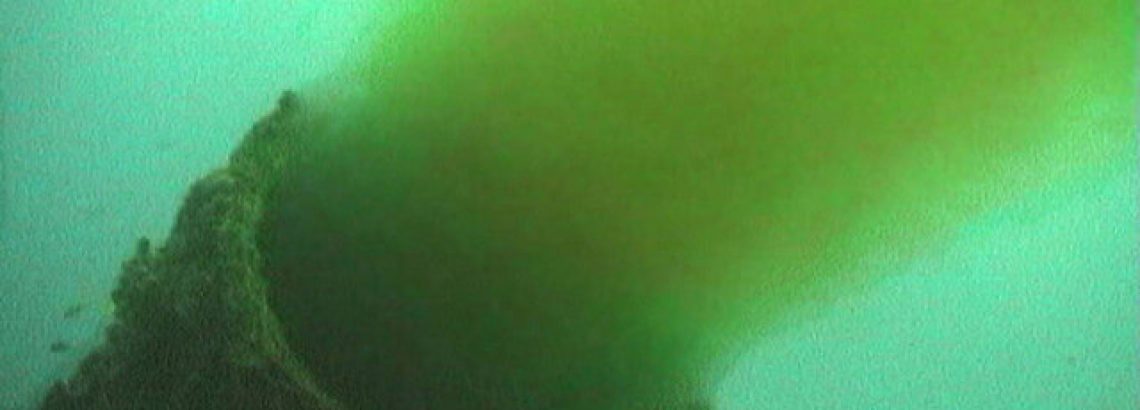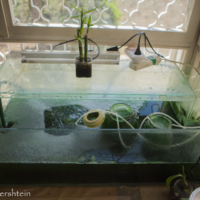Last updated on June 10th, 2020
In india alone, 48000 cubic tons of sewage is produced every year, destroying plant and fish life in the hinterland water sources, as seen in the case of bangalore. If we are able to get spirulina growing in that sewage water, a lot can be saved, says Dr. Fehmida, an infectious diseases doctor from India who has been researching the effects of bacteria on the human body.
If we can have the spirulina growers in and around bangalore to come together for this one experiment, we can create a local need and demand quite easily, Dr. Fehmida continues.
As far as I know, through the knowledge from hearing scientific research presentations, microalgae grown in sewage water can be used for bioenergy purposes, as most urban sewage contains rich heavy metals including lead, silver, mercury etc. So even if we grow Spirulina in waste water and accumulate heavy metals, that Spirulina will be deadly toxic to any consumption.
That being said, even if spirulina powder, which is a dead form of algae, goes into the sewerage water, the Microbiome of that water will change to a more life-supporting Microbiome rather than what is currently coming out as waste water today.
What is Microbiome
The reason we believe spirulina works is that it changes the gut Microbiome of humans or animals which consume it. Gut Microbiome is the essential bacteria fungi algae and viruses which live in the body to support the body’s function. We have seen malnourished kids gain dramatic weight with spirulina, which is not just because of the nutrient properties of the spirulina, but because it changes the gut Microbiome. The Microbiome controls everything in your body, from your metabolism, through your immune system, and all the way up to your brain axis which controls your emotions and feelings!!!!
More info on Microbiome in this beautifully animated video:
Just like we have a Microbiome in our body, the bodies of water have their own Microbiome, So as we consume dead algae in the form of spirulina powder, and change the Microbiome within our bodies, we can do the same with outside environments, especially in water bodies.
How exactly can Spirulina do that has yet been discovered, but considering Spirulina is such an ancient Cyanobacterium, which forms the soil, so to speak, for all sorts of other goods or scavenging bacteria to grow. There are bacteria which can grow and utilise heavy metals and sequester them in the bio system.
Can algae really do all that dirty work?
Algae can bind, accumulate, modify, detoxify and convert metals, so we are looking to make a proof of concept by extracting water from sewage by means of forward osmosis (FO), or by extracting “toxic” algae grown deliberately in these waters to harvest and clean up the sewage. Such a demo plant is already being installed in Wales by Dr. V. Sivasubramanin, Director of the Phycospectrum Environmental Research Centre in Chennai, India, who has identified, together with his team, a consortium of micro algae and bacteria to do this. According to him, the treatment system should ensure light and mixing By designing an illumination and aeration panel.
The major advantage of algae growth in sewer systems is that it tremendously reduces the operation cost and the amounts of energy required, says Dr. Sivasubramanian.
They can effectively remove chemical nutrients and metals from the sewage water, and more particularly AMMONIUM. In his opinion, Spirulina alone might not be the ultimate solution, but a consortium of microalgae, along with symbiotic bacteria, can provide a preliminary treatment for the removal of toxins from sewers, while Spirulina may enter at the secondary level. Furthermore,






I would like.to discuss more on spirulina